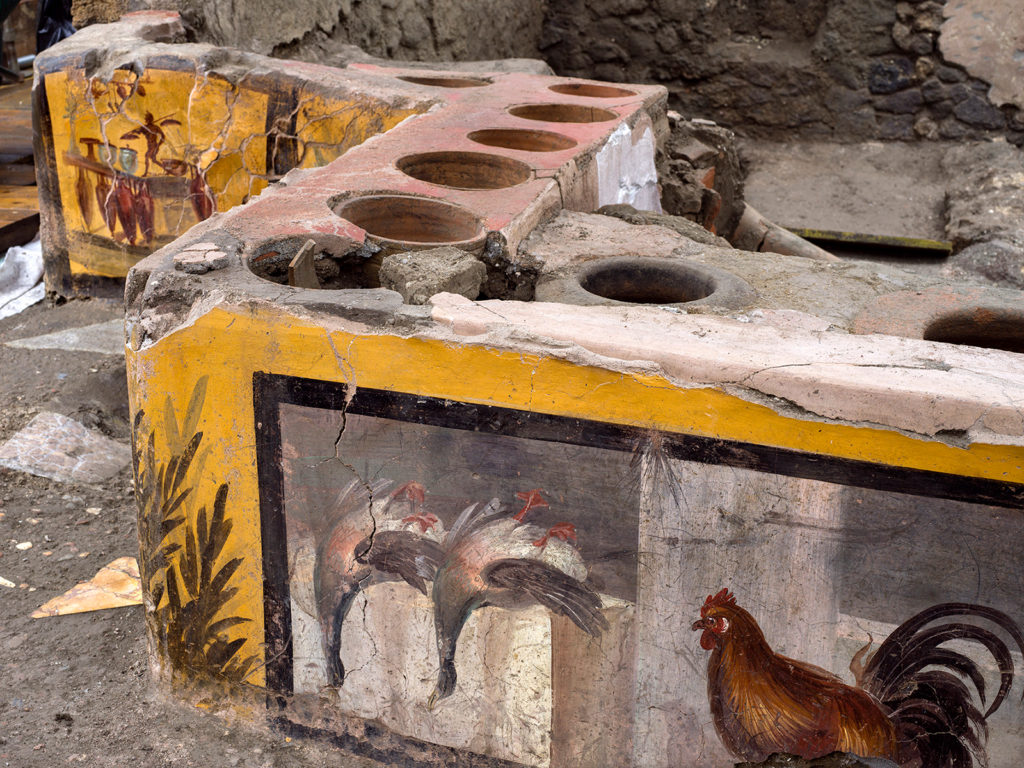
Over what was a relatively quiet holiday weekend for most Italians, news was released about a recent discovery at Pompeii. The ancient archaeological site has been making headlines lately and just recently I wrote about the new plaster casts from Civita Giuliana. This time the news detailed incredible finds about a thermopolium, a sort of snack bar of Pompeii, that has been fully excavated in the archaeological site. If you’ve visited Pompeii, you’ve surely seen at least one of the site’s over 80 thermopolia. They’re easy to spot with their long counters that once held terracotta containers of food and drinks. There have been many remarkable discoveries over the centuries at the thermopolia, including the how food was stored, served, and even what types of food were prepared. Yet this thermopolium has provided even more depth to our understanding of life in Pompeii before the eruption of Vesuvius in 79 AD.
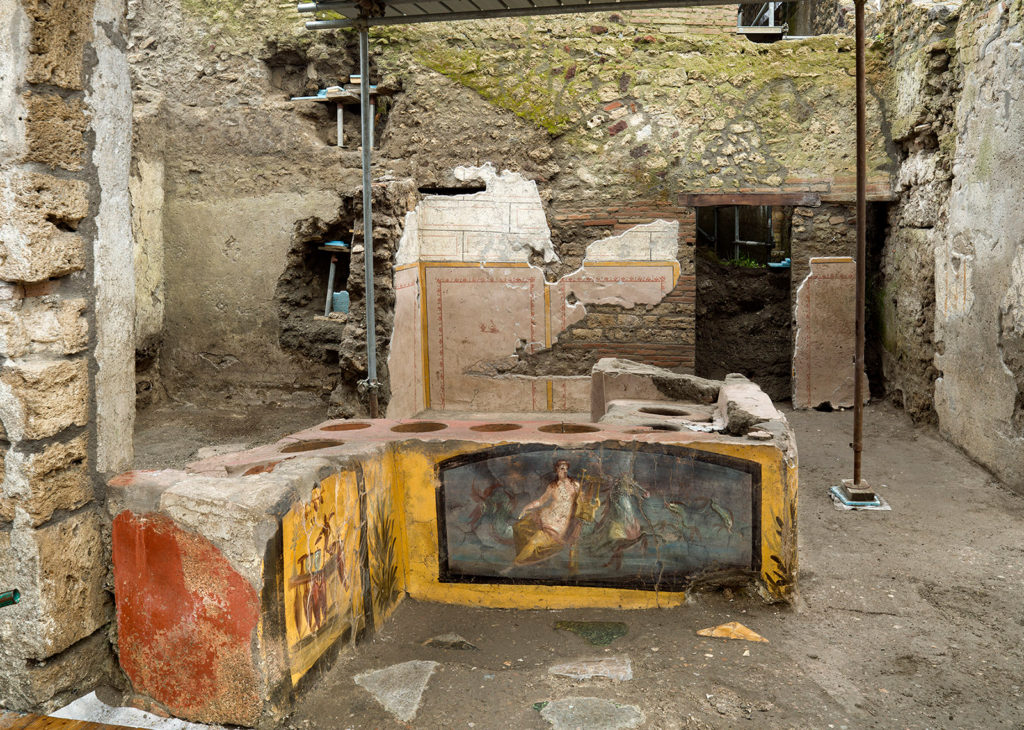
Even better, the discovery of this thermopolium offered the chance to fully excavate a remarkably well-preserved snack bar using all the latest technology and experience as well as taking advantage of an interdisciplinary team of scientists and researchers. The objects found and the terracotta food containers at the thermopolium are being examined by a team that includes the site’s archaeologists and physical anthropologists, as well as archaeozoology and archaeobotany specialists, geologists, and volcanologists. Even though the work is still in progress, the initial results offer an incredible glimpse of the Mediterranean diet and what types of food the passersby in ancient Pompeii could choose from at this thermopolium.

The first analysis of the food containers has revealed that the beautiful frescoes that decorate the counters do indeed depict some of the food items that would have been served. On one part of the counter a fresco shows two mallard ducks laid out and ready to be prepared. In fact, researchers have found a fragment of a duck bone inside one of the terracotta containers in the bar. Apparently if you liked duck, this was the local thermopolium to hit up. Along with the duck bone, they’ve found remains of swine, goat, fish, and land snails – combined in a variety of options that might not appeal quite so much to modern day visitors to Pompeii. Yet it is a fascinating glimpse into what was eaten in the ancient city.
The thermopolia were primarily used by craftsmen, merchants, and lower classes who lived in smaller houses that didn’t include kitchens. So these small cook shops selling hot food and drinks were an essential part of the city, which explains why so many have been discovered.
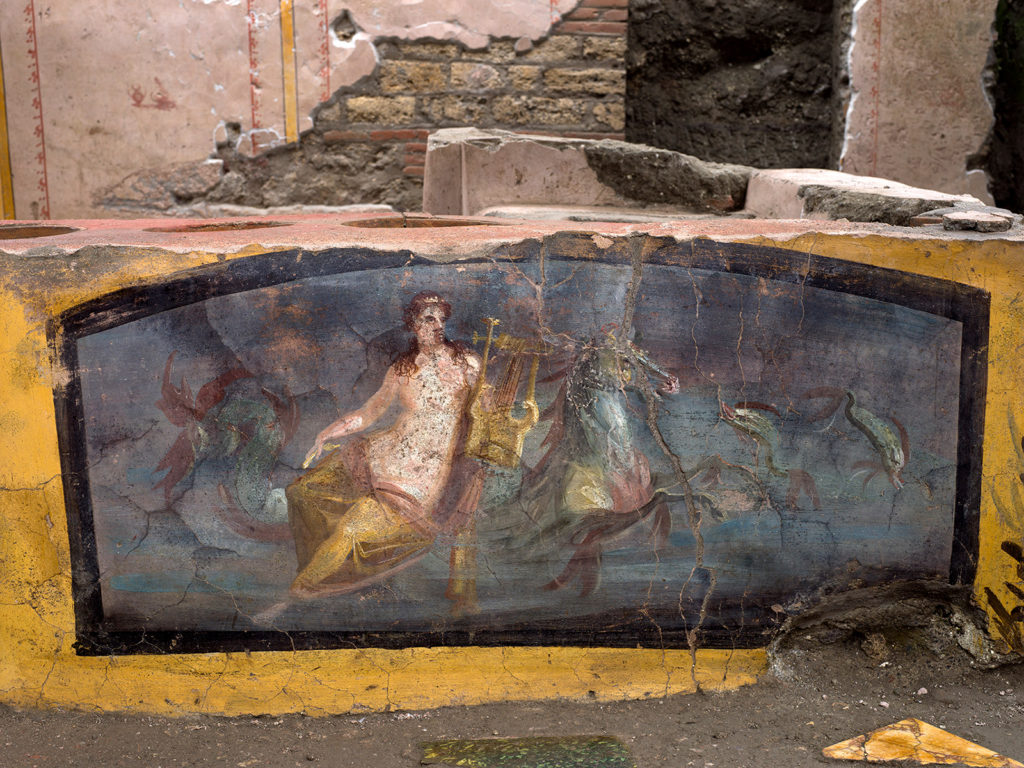
This thermopolium is the first to be uncovered in the Regio V area of Pompeii, which is a large area in the northern part of the archaeological site that has only been partially excavated. Yet what has already been uncovered in the area suggests there are many more archaeological treasures waiting to be uncovered. During excavations in 2019, the thermopolium was discovered and its beautiful fresco of a nereid riding a seahorse created a lot of attention. Due to the striking nature of this fresco, pictured above, the area was further excavated – a decision that has proven to have been a very smart one given the rare finds here.

That fresco wasn’t the only impressive one decorating this particular thermopolium. Following along the bar next to the fresco of the nereid there are many more scenes that are equally intriguing. You’ll spot a dog with a collar, the two ducks, a large rooster, and a shop scene showing a counter with food containers and amphorae (large food storage vases) that could even be a depiction of this very thermopolium as many amphorae were also discovered here during the excavation.
Unfortunately, modern day researchers have found that they weren’t the first to be digging here. In the 17th century, illegal excavators dug tunnels into Pompeii, especially in areas around the periphery of the site like Regio V, in search for precious objects they could carry away. (This wasn’t just an occurrence in the 17th century, but has continued to be a problem.) But the damage discovered at the thermopolium suggests that the illegal excavations took place here centuries ago. While there were human bones of victims of the eruption of Vesuvius found in the thermopolium, they were moved and dispersed most likely by these intruders in the 17th century.
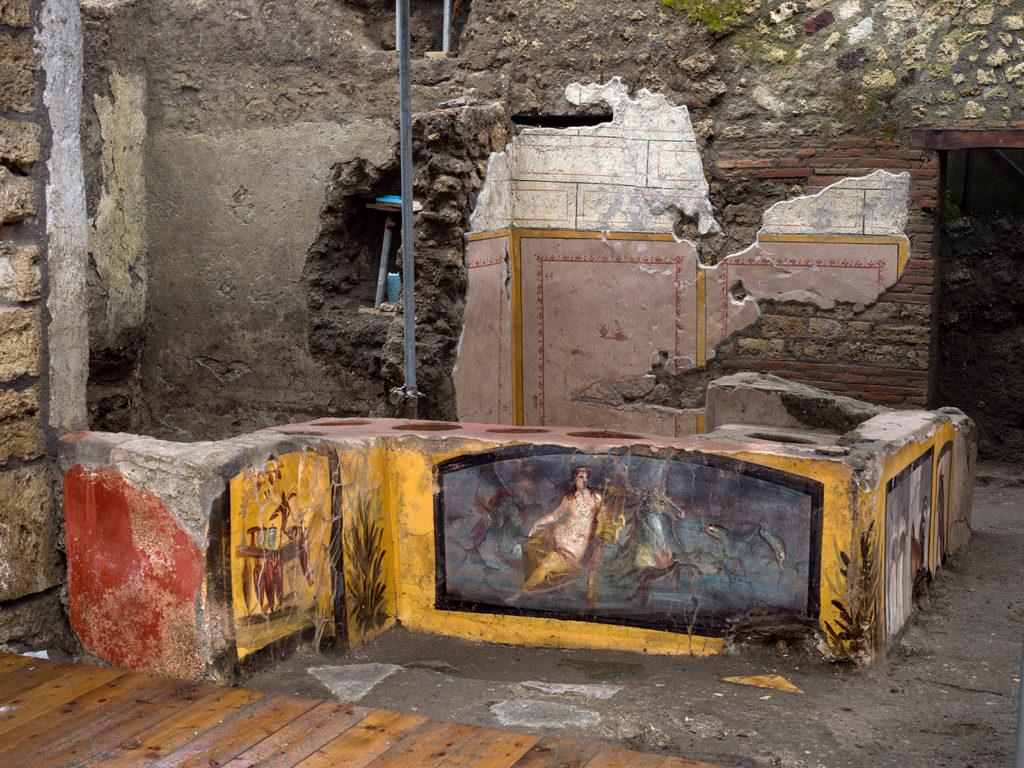
Although there are always imperfections in what is found, discoveries like this thermopolium and the new plaster casts from Civita Giuliana provide more pieces of the puzzle that continue to give us a more complete picture of life in ancient Pompeii. And every additional detail truly is a treasure. I hope visitors will be able to visit this thermopolium one day soon to see firsthand the vibrancy of the colors. I know I would love to see the thick brush strokes of the plants painted along the counter and the fine details in the fresco of the nereid in person. With all its variety, it’s a captivating scene.
It’s hard to resist trying to bring the space back to life in the mind’s eye. Just when it seems within grasp it hits you that this snack bar was created 2,000 years ago. Yet here it is in front of our eyes.
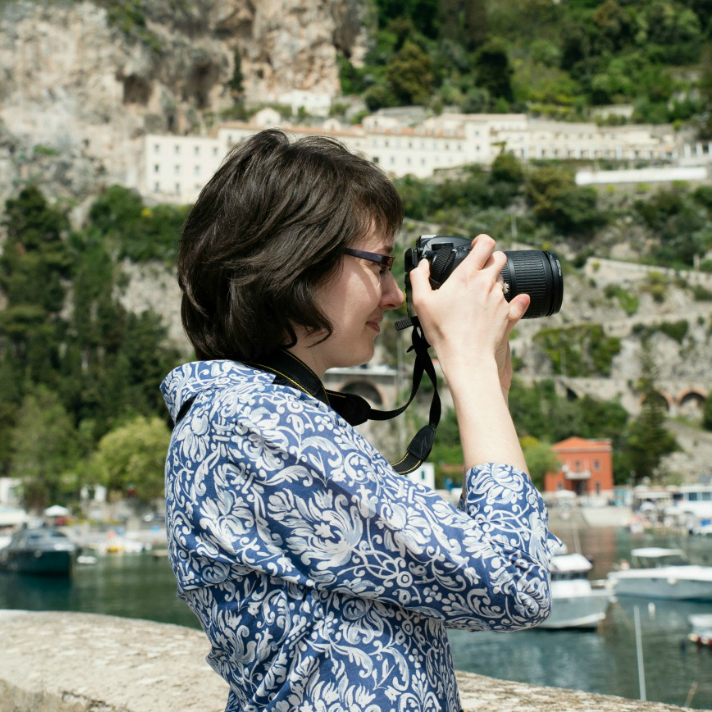
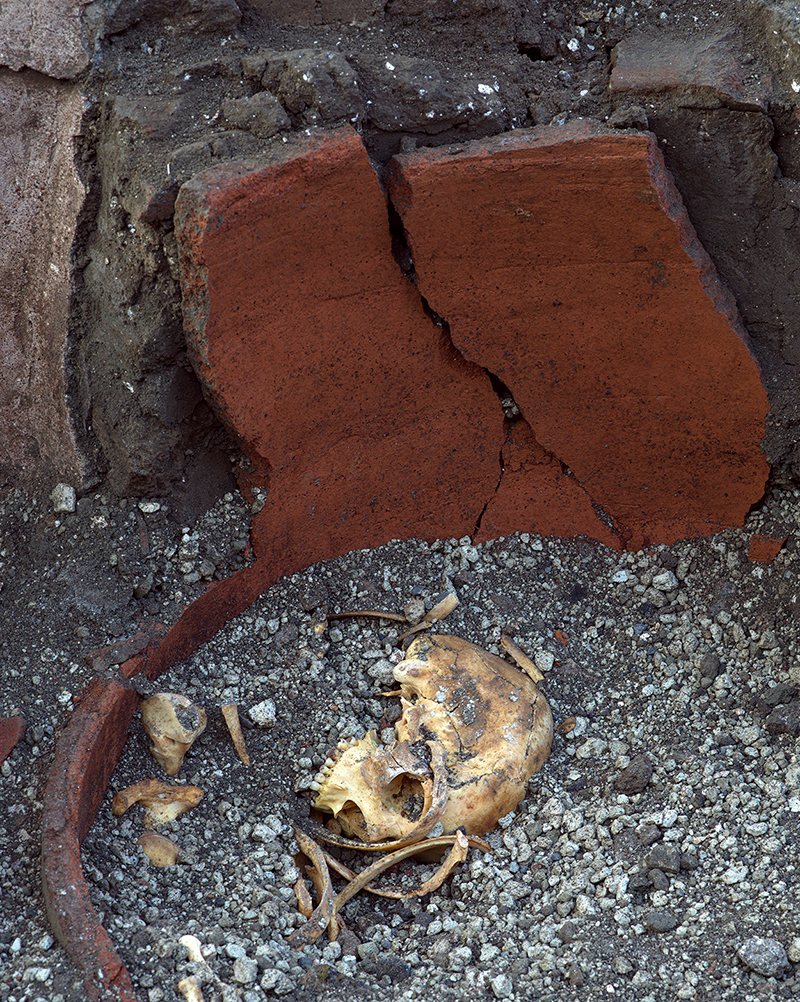
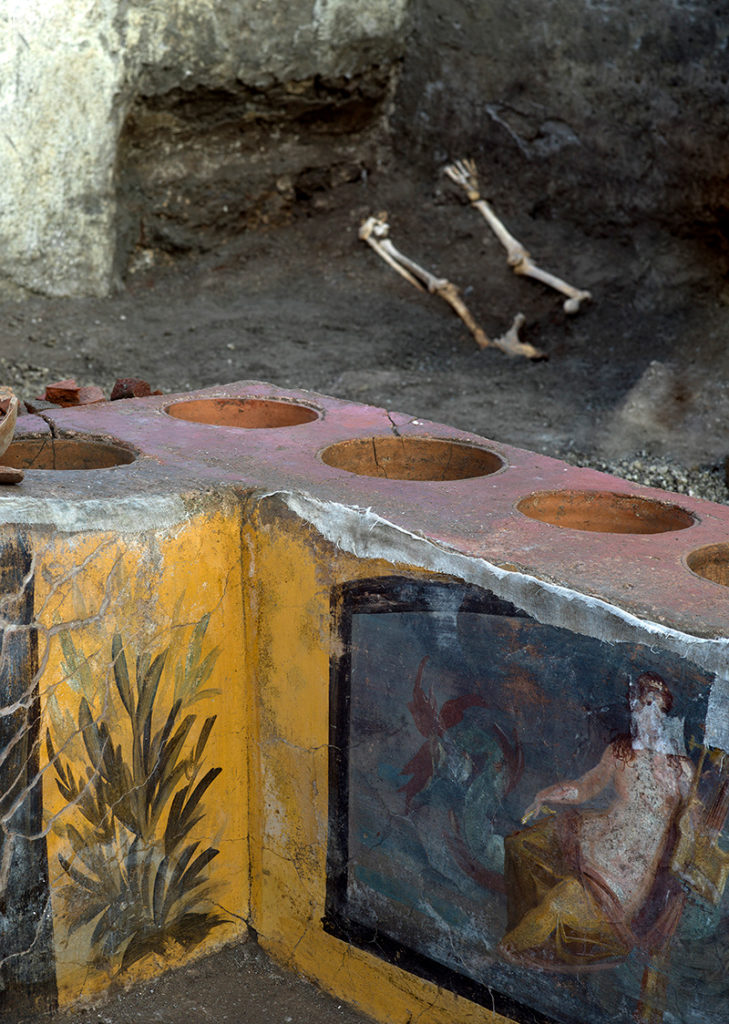
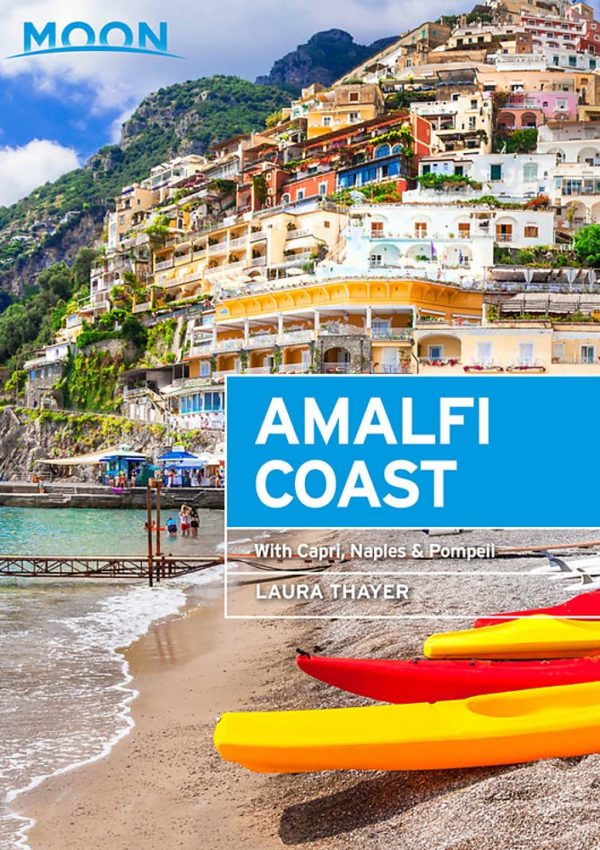
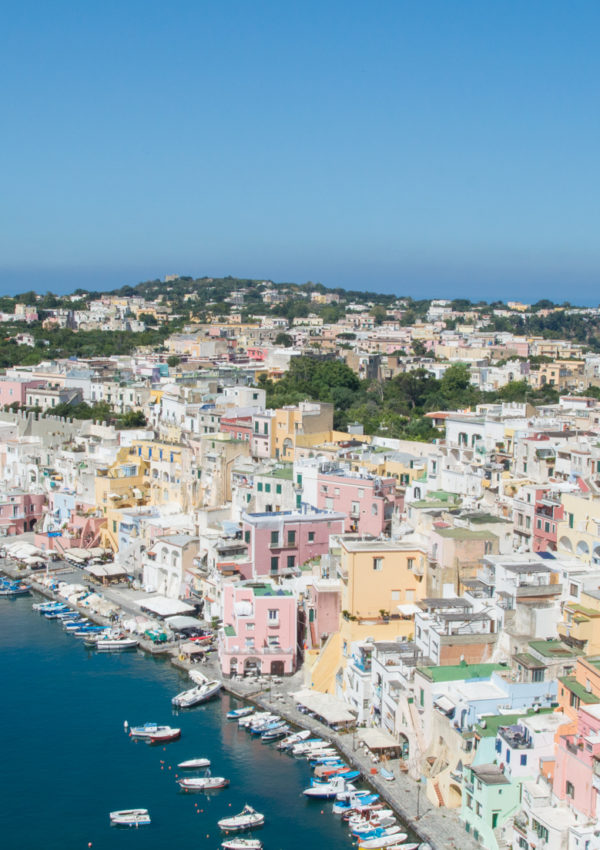
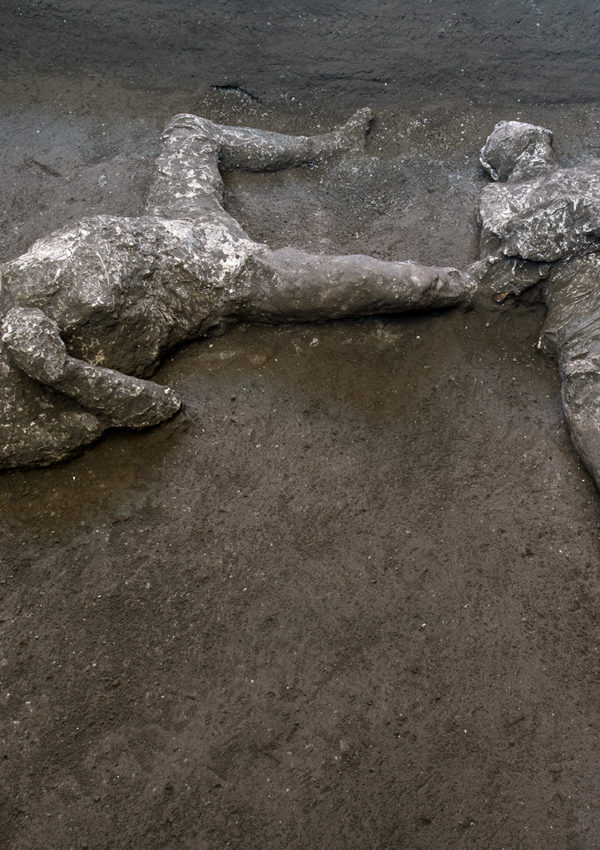
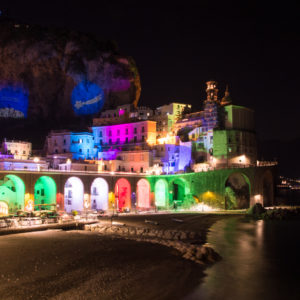

Leave a Reply